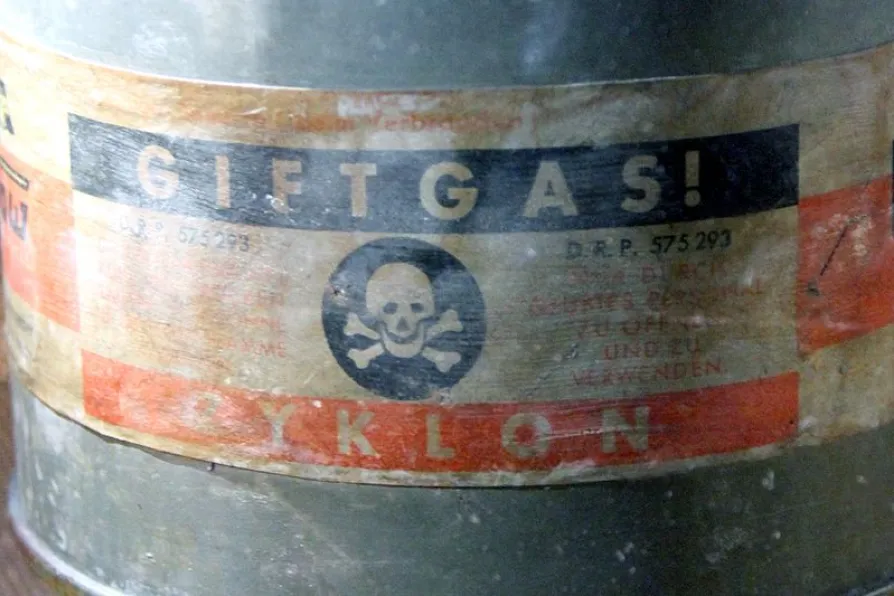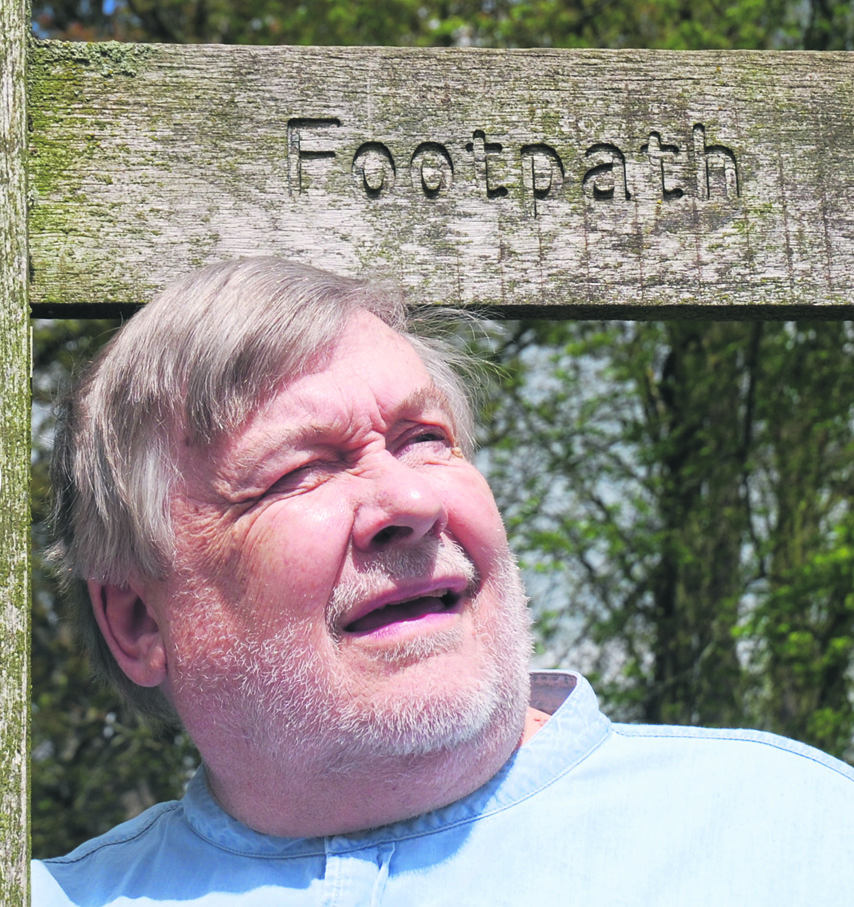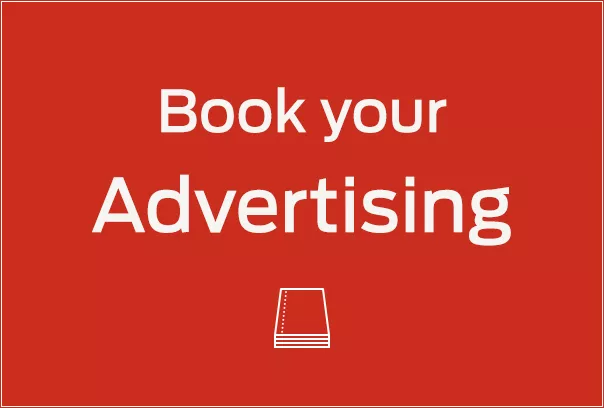Durham Miners’ Association general secretary ALAN MARDGHUM speaks to Ben Chacko ahead of Gala Day 2025

 [Kjetil Ree]
[Kjetil Ree] AS WE commemorate Holocaust Memorial Day on Sunday January 27, it is appropriate that we remember the millions of people who died in the nazi death camps. The nazis built these camps across Germany, Austria and Poland.
The camps brought death to many groups of people hated by the nazis. First were the Jews of course and millions of them perished in the death camps as part of what Hitler and his Nazi Party described as the final solution.
As well as Jews, the nazis sent many other groups to death in the camps including Russians, Poles, Ukrainians, and Serbs.
There were also Gypsies, homosexuals and the mentally and physically disabled. Jehovah’s Witnesses and Freemasons were also included in these nazi murders.
Then came the nazis’ political enemies, communists, leftists, trade unionists, socialists, anarchists and a fair number of Spanish Republicans.
It seemed the nazis were happy to murder any group of people who disagreed with their narrow view of how Germany and the world should be.
While murder was the main business of these camps, perhaps it is also timely to remind ourselves of the many capitalist companies which backed the nazis and made money using slave labour from some of those very concentration camps.
Many German companies played a key role in building, owning and running the horrendous slave labour and death camps. These giants of German big business — the capitalist class — were of key importance to the success of nazi Germany.
Companies such as IG Farben, Krupp Steel and Siemens supported Hitler and in return reaped huge profits from slave labour organised by the nazis. All three had huge works attached to camps like Auschwitz. All used slave labour from the camps.
German industrialists from many of Germany’s biggest businesses met with Heinrich Himmler once a month to discuss how they could best work with those running the camps.
Himmler was one of the most powerful men in nazi Germany and one of the chief architects of the Holocaust. Head of the hated SS, he played a key part in setting up and running the concentration camps.
When the Red Army liberators reached Auschwitz they discovered a number of large industrial factories in and around the concentration camp. One was a synthetic rubber and chemical factory of the gigantic IG Farben company just a few miles from the main camp.
In fact IG Farben had actually built the concentration camp at Auschwitz and was its legal owner. It was Farben that developed and sold the poison gas — Zyklon B — used in the gas chambers.
At Auschwitz Farben representatives toured the camp to select the 10,000 fit slave workers needed for their works.
Farben also funded and helped with Josef Mengele’s appalling so-called medical experiments on Auschwitz child prisoners. Farben’s directors and managers were tried at Nuremberg.
The company promised to pay huge reparations to its former slave workers but, although profitable, right up until today they and their descendents have never paid up in any significant measure.
Today German chemical and pharmaceutical giants like Bayer and Hoechst can still trace their origins back to IG Farben.
Krupp was another of the largest industrial combines in Germany that also used slave labour from Auschwitz. It made armaments, tanks and super-guns for the nazis and employed more than 10,000 slaves from the camps.
Nine Krupp directors were convicted at Nuremberg. Boss Alfried Krupp was sentenced to 12 years for war crimes but was freed by the US in 1951.
Another company Krup — with just one p — which still makes coffee machines, has no connection with the other Krupp.
The third large industrial complex at Auschwitz was owned by electrical and engineering giant Siemens. It built the gas chambers and ovens that would kill so many concentration camp victims and their families. Some of that machinery for mass murder even proudly bore the Siemens nameplate.
Bosch-Siemens is still in business and in 2001 almost unbelievably tried to trademark the word Zyklon — the name of the poison gas used during the Holocaust.
The name was to be used for, of all things, a range of gas ovens. After huge protests the company withdrew the plan and apologised.
Many other German capitalist concerns have skeletons in their cupboards. Daimler-Benz, for example, was a strong supporter of the nazis and in return grew to win huge arms contracts.
By 1940 it was eight times the size it had been in 1932. During the war the company used thousands of slaves.
What is now Volkswagen, more recently disgraced by its lies about vehicle emission levels, has been far from truthful about building nazi buzz bombs and army staff cars.
German historians believe that as much as one in eight of VW’s wartime workforce was slave labour.
Professor Hans Mommsen of Bochum University says of wartime head of Volkswagen Ferdinand Porsche: “It is quite clear that he was responsible for using concentration camp inmates for the factory’s labour camp. Porsche contacted SS leader Heinrich Himmler directly to request slaves from Auschwitz.”
Global fashion giant founder Hugo Boss was an enthusiastic member of the Nazi Party. He manufactured Hitler Youth, storm trooper and SS uniforms using slave labour.
What is clear is that the nazi war machine could not have existed without unquestioning and enthusiastic support from some of Germany’s biggest and richest capitalist concerns, many of which are still in business today.
Many of them have never made meaningful apologies or paid adequate compensation to the concentration camp slaves, prisoners and their families.
Rather they have done what capitalists always do — concentrate on making enormous profits whatever the real cost in human misery.



















